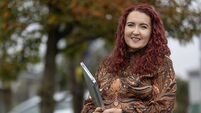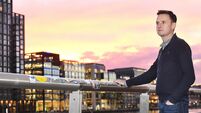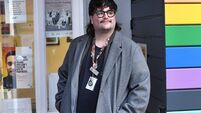Living with osteoporosis: 'When I was 24, they told me the damage had been done — look where I am today'
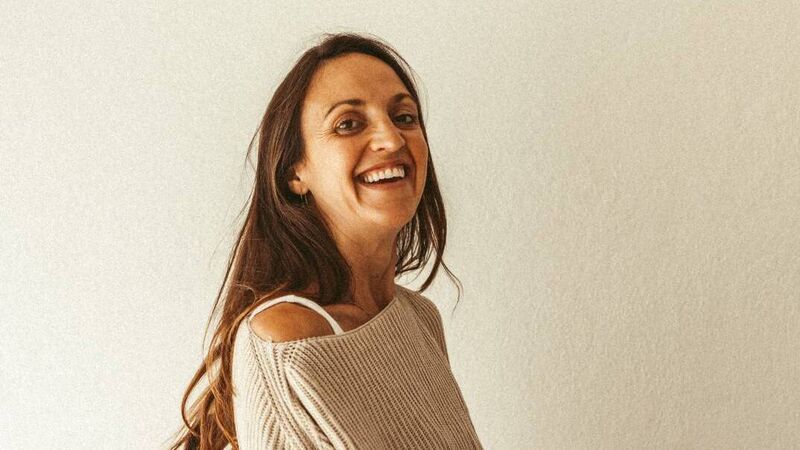
Cara O'Loughlin: "There’s an awful lot we can do even if we are diagnosed with this condition. And there is hope of recovery."
According to the Irish Osteoporosis Society, at least 300,000 people in Ireland have osteoporosis and 50% of women and 25% of men over 50 will break a bone as a result. Typically, there are no signs or symptoms until a bone is fractured.
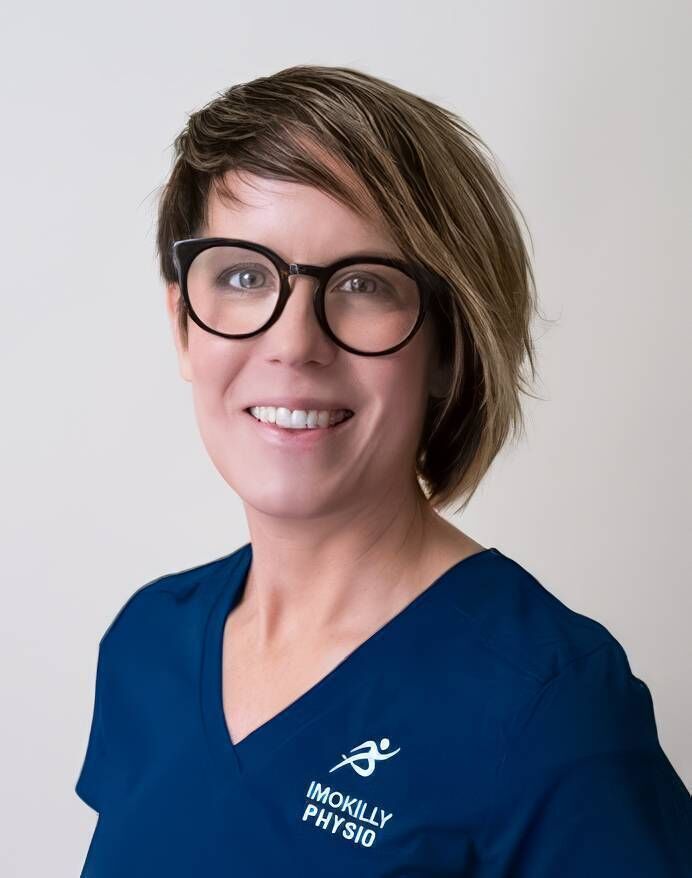
Why does osteoporosis result in broken bones? Colette Garvey, a chartered physiotherapist and clinical director of the Imokilly Physiotherapy and Sports Injury Clinic in Midleton, Co Cork, says it’s because it’s “a disease that causes bones to become weak and brittle”.
Imagine Crunchie bars where the honeycomb represents the internal structure of the bone. “In healthy bone, this honeycomb is dense and strong,” says Garvey. “But with osteopenia, the pre-osteoporosis stage where bone density is lower than normal, the holes in the honeycomb start to enlarge and the outer layer starts to thin. With osteoporosis, the holes become significantly larger, compromising the bone’s overall density and strength and making it more susceptible to fractures.”
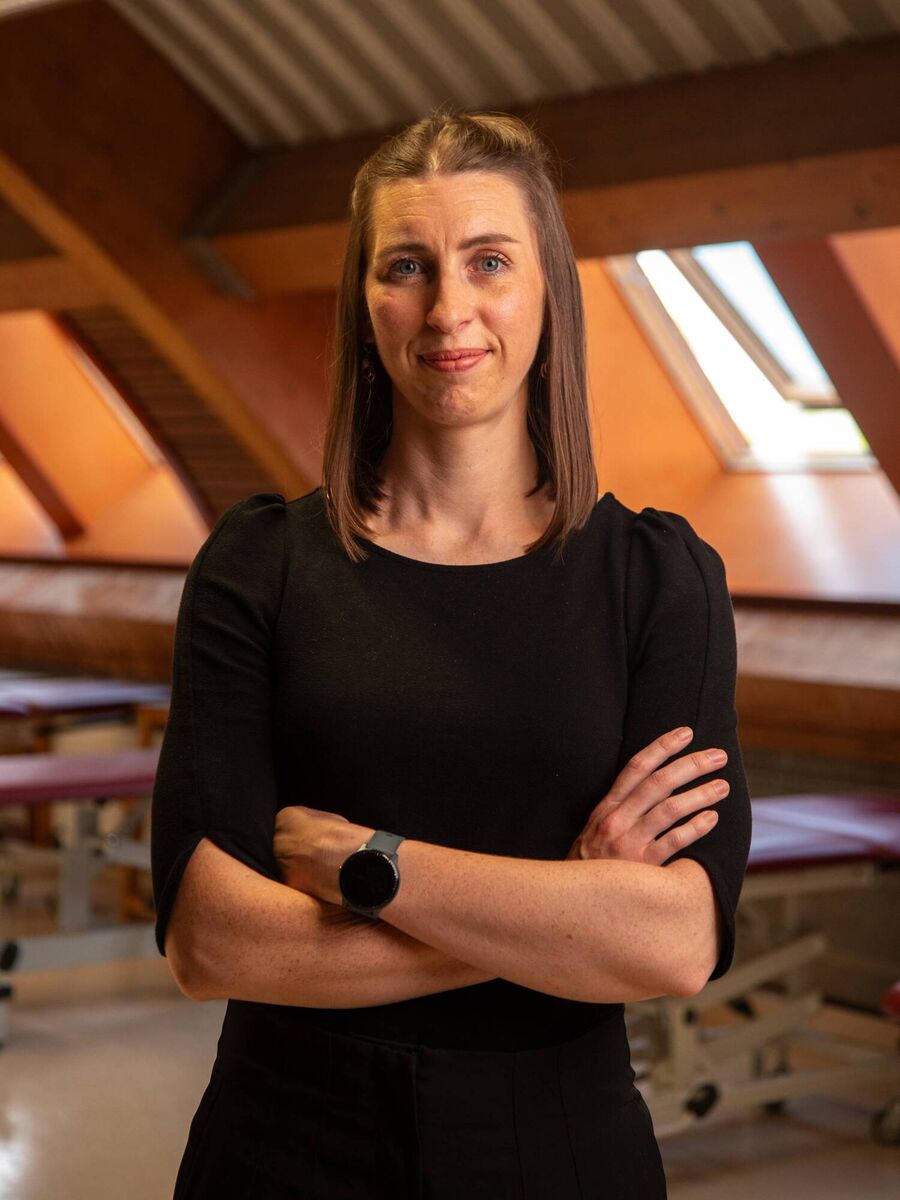
A worrying number of people in Ireland could unknowingly be in that pre-osteoporosis stage. Dr Clodagh Toomey, a physiotherapist and an assistant professor at the School of Allied Health at University of Limerick, cites a 2023 study that looked at the prevalence of low bone mass and
osteoporosis in Ireland. “It's estimated that more than 1m men and women over the age of 50 have low bone mass,” she says.
What makes this statistic so concerning is that bone health is crucial to overall longevity. Fractures, particularly hip fractures, are known to cause pain, disability and even increased mortality.
Studies, including one published by Irish researchers in 2023, show that more than one in five die within one year of sustaining a hip fracture — many of those who survive never recover their baseline independence or function.
The group at highest risk of developing osteoporosis is older women. “It’s because they have smaller, lighter bones than men to start with and because of hormonal changes,” says Toomey. “Oestrogen is known to be protective against bone loss and many women lose bone more quickly post menopause.”
This is what happened to 67-year-old Madeleine Brennan from Carlow. She had her first bone density (Dexa) scan last year.
“I had no signs or symptoms that anything was wrong, apart from occasional backache,” she says. “But my doctor suggested the scan to rule out any problems.”
The scan found cause for concern. “I was so worried when I was told I had osteoporosis,” says Brennan. “I’d heard the word before but knew nothing about it. I certainly didn’t think it had anything to do with me.”
While osteoporosis is commonly associated with postmenopausal women like Brennan, an American study published earlier this year shows that rates in younger women and men are escalating.
Garvey suggests various reasons for this trend. They include our increasingly sedentary lifestyles and common nutritional deficiencies.
“But there are other factors too,” she adds. “Eating disorders can impact bone density due to malnutrition and hormonal imbalance. The prolonged absence of menstrual periods, often due to excessive exercise or low body weight, leads to oestrogen deficiency and subsequent bone loss.
“Certain medical conditions, like coeliac disease, can interfere with nutrient absorption and hormone regulation, negatively impacting bone health. And some medications, such as corticosteroids, contribute to bone loss too.”
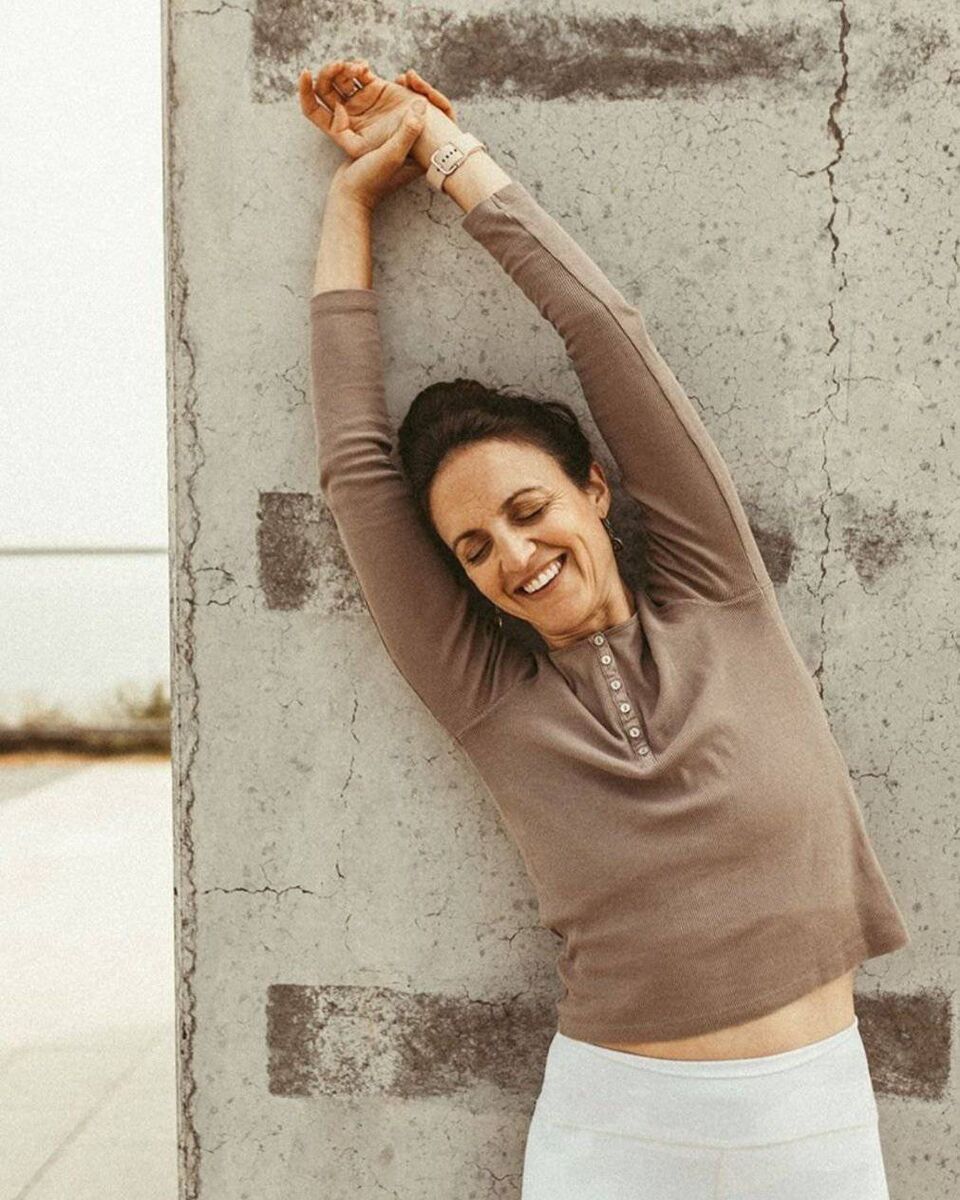
Cara O’Loughlin, a 43-year-old yoga teacher from Bray, was 24 when she was diagnosed with osteoporosis. She developed disordered eating at 15 and spent the next 14 years either eating too little or too much, and overexercising. Her periods stopped as a result.
Doctors warned her she was damaging her bones. “They told me my bones relied on the oestrogen produced as part of the menstrual cycle and I wasn’t menstruating,” she says.
“Then, when I was 24, they told me the damage had been done. I had osteopenia, which eventually became osteoporosis.”
However, thinning bones can be strengthened with the right help.
“Bone is a living tissue that undergoes continuous remodelling,” says Garvey.
“This process involves resorption, where old bone tissue is broken down, and formation, where new tissue is made.”
As we age, the balance tips in favour of resorption, with more bone being lost than formed. But we can take steps to create the right conditions for renewal, even if our bone health has deteriorated to the extent that we have been diagnosed with osteoporosis.
Registered dietitian Sarah Keogh explains how diet can help build bones. It starts with ensuring there are no nutritional deficiencies, particularly in relation to calcium.
“The medication prescribed to treat osteoporosis works by enabling calcium to get back into the bones,” she says. “You must make sure you have enough calcium in your diet for this to happen.”
The HSE states that adults need 700mg of calcium daily and Keogh says the best source is dairy products. “Not cream or butter so much as milk, yoghurt, and cheese,” she says. “I’d recommend three daily servings or more if you have osteopenia or osteoporosis. A milky coffee, a yoghurt, and some cheese should do it.”
Vegans may struggle to get enough calcium because it’s difficult to get an adequate amount from plant sources. “This could be why vegans have a higher risk of bone fracture than the rest of us,” says Keogh. “I’d advise them to eat calcium-fortified foods such as soya milk.”
Vitamin D is also vital. “We need it to absorb calcium, and we don’t get enough of it in Ireland,” says Keogh. “I tell my clients to take 15mg or 600iu of vitamin D daily.”
The other nutrient we should prioritise is protein. Keogh describes it as “the scaffolding for our bones”.
The right exercises can also boost our bone health, particularly weight-bearing activities and resistance training. “Both stimulate the cells responsible for laying down new bone tissue,” says Garvey. “That increases bone density and strength.”
Exercise should be prioritised at all stages of life, starting in adolescence. “The process of accruing peak bone mass predominantly happens then,” says Garvey. “This represents the maximum amount of bone a person achieves during their lifetime and is a critical determinant of their risk of osteoporosis in later life. A higher peak bone mass provides a bigger bone bank to draw upon as natural bone loss occurs with age.”
As we get older, Garvey recommends exercises like brisk walking, jogging, hiking, lifting weights, and body weight exercises like push-ups, squats, lunges, and planks. Yoga and pilates can also help with balance and flexibility, reducing risk of falls.
Those who have been diagnosed with osteopenia or osteoporosis should exercise too, but more cautiously and with guidance from a professional. “Tai chi is highly recommended for improving balance and reducing fall risk,“ says Garvey. “And I’ve seen significant improvement in the posture, balance, mobility, and functional ability of those attending regular reformer pilates classes.”
Dr Mary McCaffrey, a consultant gynaecologist at the Scotia Clinic in Tralee, says it’s common for perimenopausal and menopausal women to have poor bone health.
“It’s now the norm for most women I see to have osteopenia,” she says.
When discussing what to do about it, she highlights how factoring bone health into their diet and exercise regimens will naturally impact their hormone levels and have a knock-on beneficial effect on their bones. Then she discusses HRT.
“Oestrogen reduces bone breakdown and supports bone formation in women,” she says. “Replacing depleted oestrogen levels through HRT can help prevent bone loss and fracture risk in women with osteopenia and osteoporosis, particularly in women who experience early menopause.”
If her clients can’t take HRT, she advises them to double down on diet and exercise and refers them to other specialists who may prescribe different medications.
Brennan now takes daily and weekly tablets to treat her osteoporosis, Calcichew calcium supplements and vitamin D. She was advised to include squats in her regimen and has incorporated them into the exercise classes she attends three times a week.
“I also play golf and am a busy, hands-on grandmother,” she says. “I’m trying to control what I can and focus on the positives. But I can’t help but wonder what difference it might have made if I’d had a Dexa scan when I was younger. If we were all scanned at the age of 40 or 50, we’d be better informed about our bone health and in a position to do something about it sooner.”
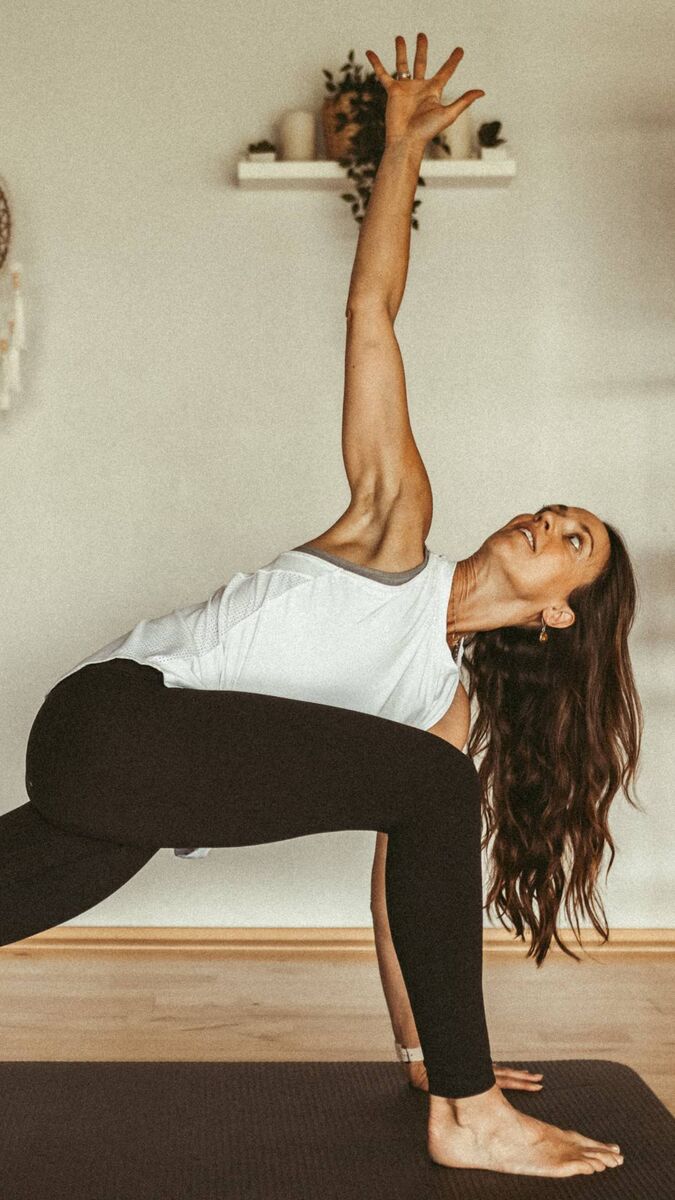
O’Loughlin took HRT for one year at the age of 29 to kickstart her menstrual cycle. It worked and she went on to have three children.
She also took Eltroxin, Calichew, and vitamin D and modified her diet to make sure she ate calcium-rich foods at every meal.
“But what I think made the most difference was weight-bearing exercise in the form of yoga,” she says. “I started with a weekly class and built up to a daily practice.”
Her scans show that she has reversed her condition. “The last one showed no osteoporosis and only mild osteopenia,” she says. I couldn’t believe it.”
While she knows that everyone is different, O’Loughlin believes her story contains an important lesson. “I took all the supplements and medication I was told to take,” she says.
“I did the weight-bearing exercise. I improved my diet. And look where I am today. There’s an awful lot we can do even if we are diagnosed with this condition. And there is hope of recovery.”

Celebrating 25 years of health and wellbeing



